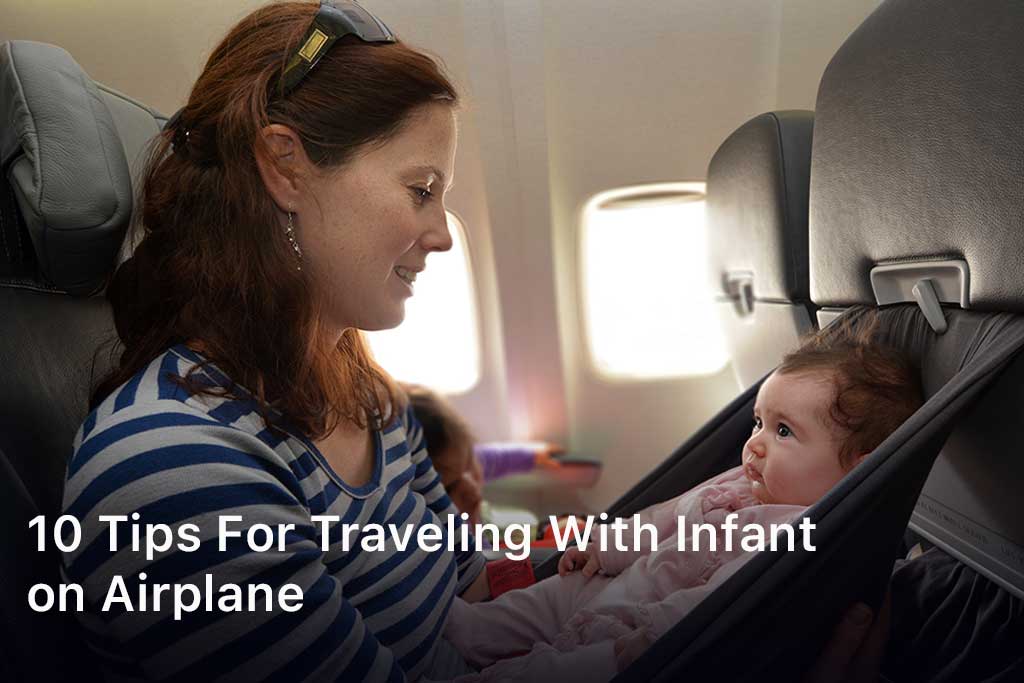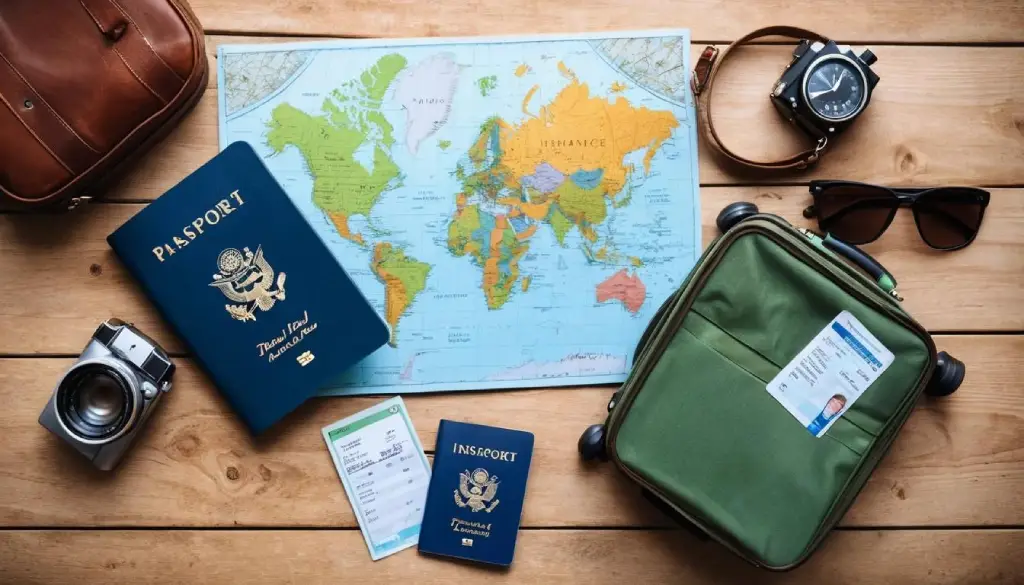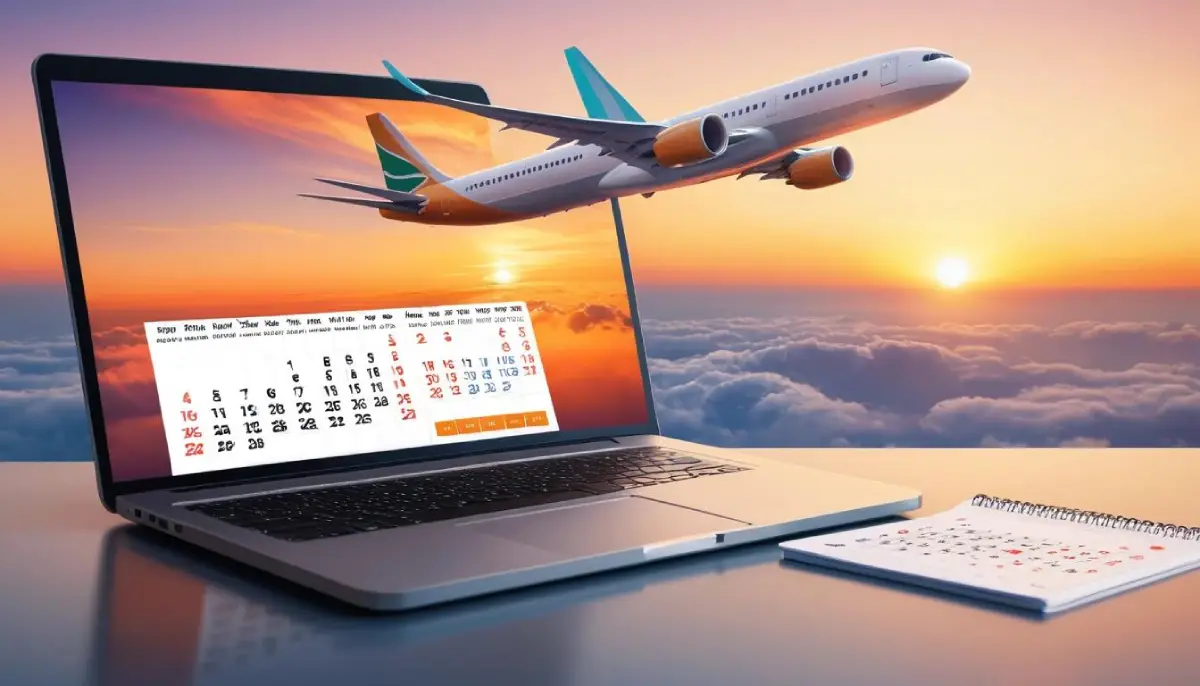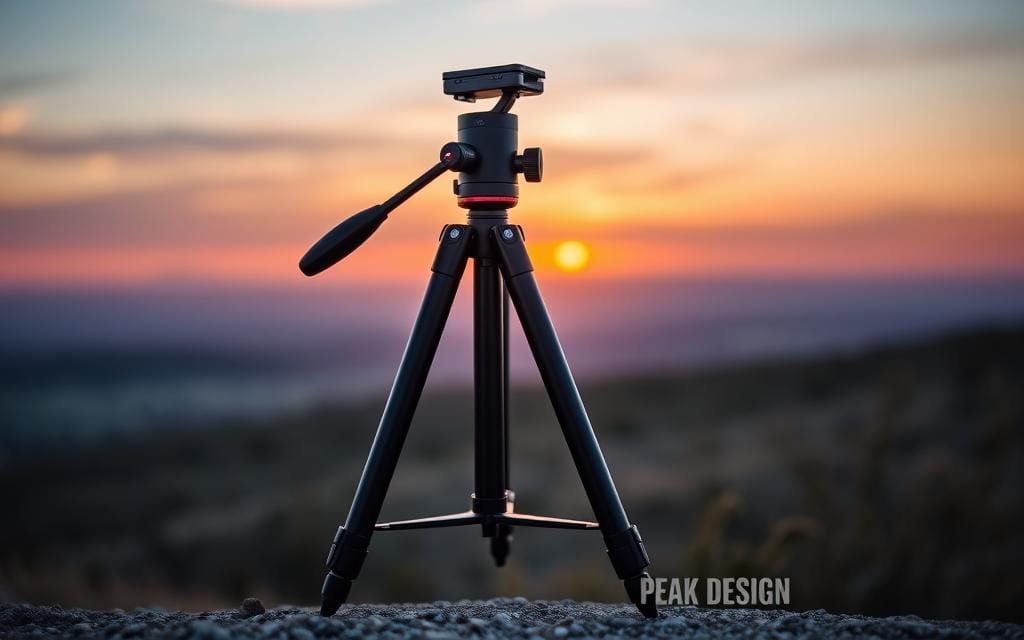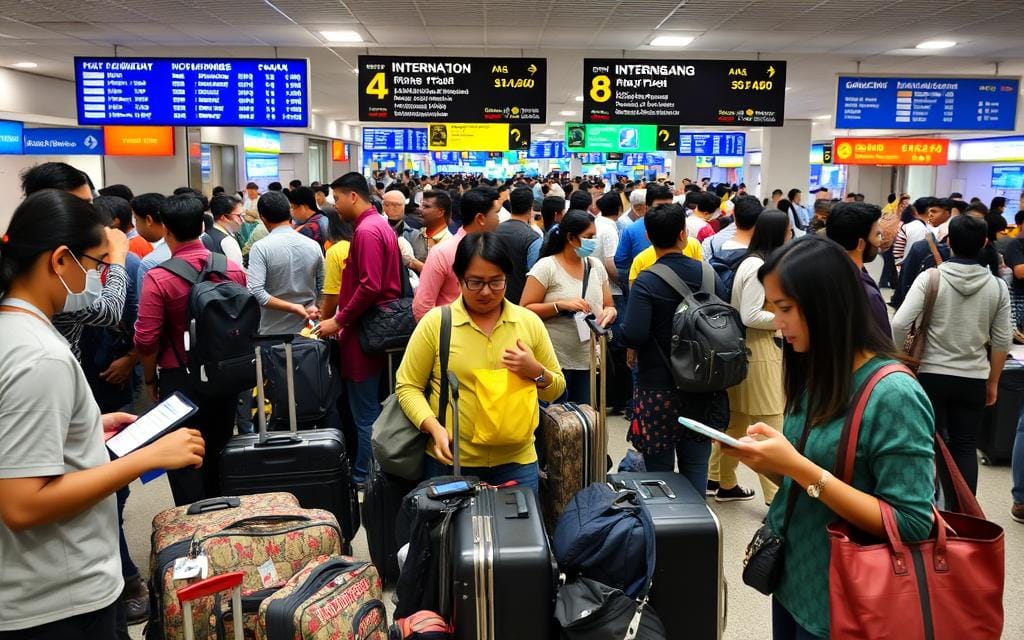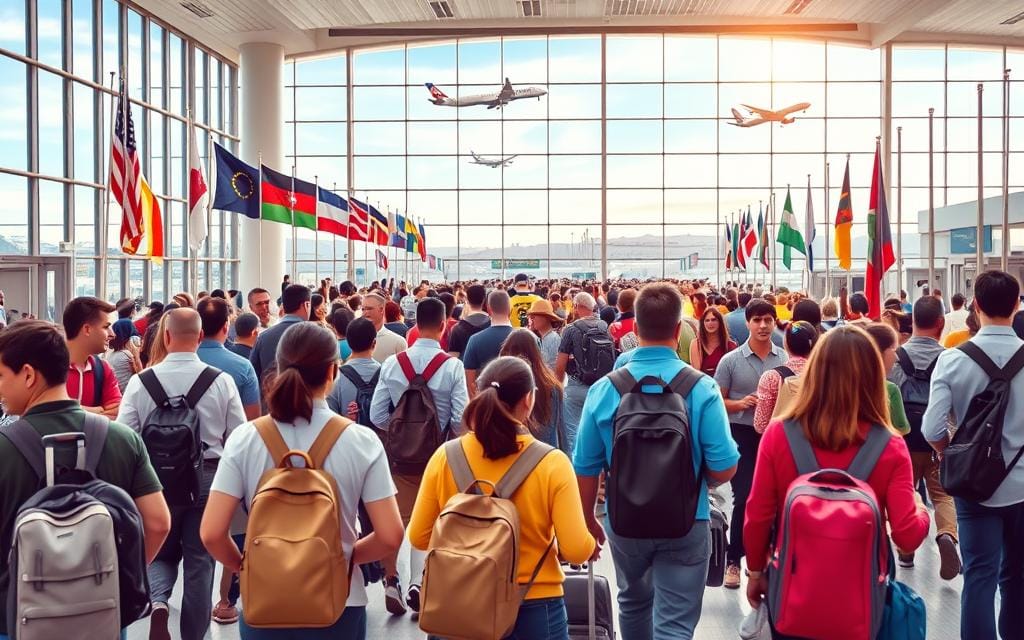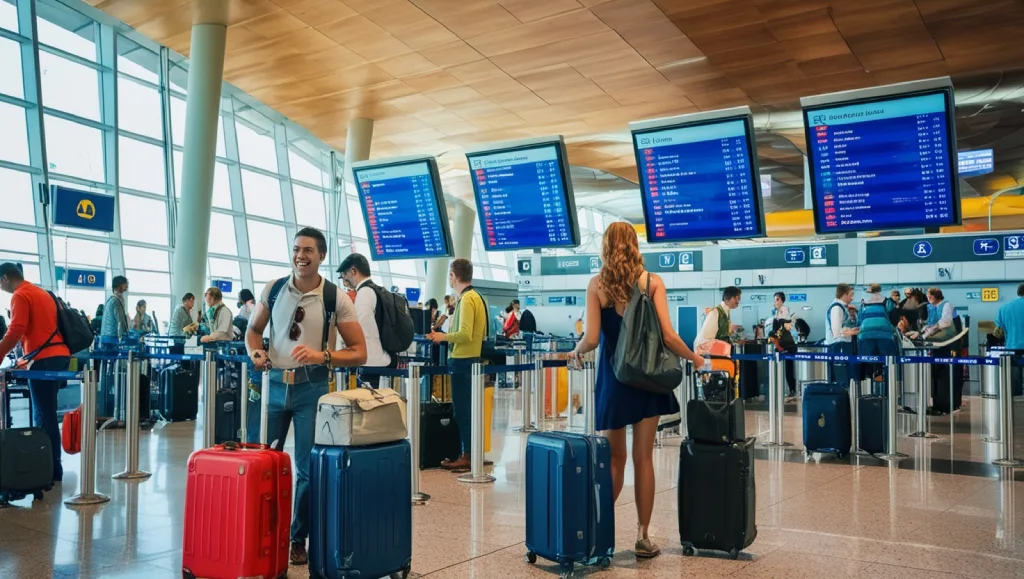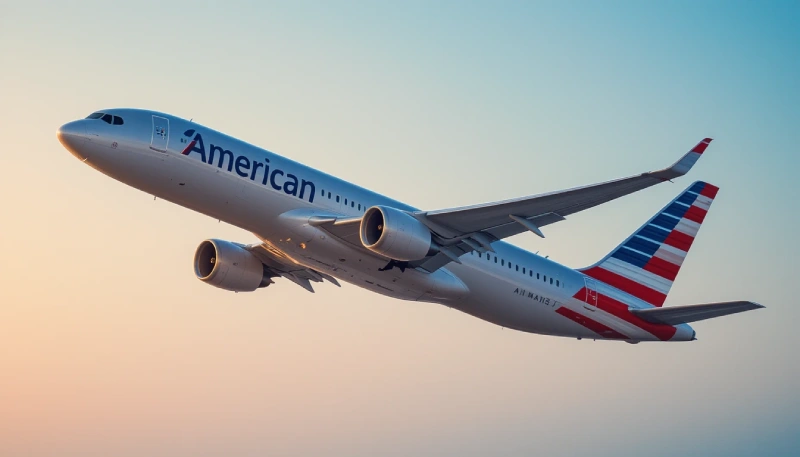Tips For Traveling With Infant on Airplane – Planning to fly with your baby? Discover essential tips for traveling with infants on airplanes to ensure a smooth journey. Learn about packing, feeding, seating, and more.
Traveling with an infant can be both exciting and challenging, especially when it involves air travel. From navigating airport security to keeping your baby comfortable during the flight, there are several considerations to keep in mind.
This article aims to provide you with practical tips and advice to make your journey as stress-free as possible when flying with your little one.
Table of Contents
ToggleTips For Traveling With Infant on Airplane
Traveling with an infant can be challenging, but with some preparation, it can be manageable and even enjoyable. Here are some tips for flying with an infant:
1. Plan Ahead
Planning ahead is crucial when traveling with an infant by air. Start by booking your flights well in advance to have the best selection of seats and to ensure you can secure any necessary accommodations, such as a bassinet or extra legroom seats.
Consider the timing of your flights carefully, aiming for times when your baby is likely to be more rested or content, such as during nap times or early in the day before they become overtired.
This can help minimize disruptions and make the journey more comfortable for both you and your baby. Additionally, check the airline’s policies regarding infant travel, as these can vary widely.
Some airlines allow you to bring a certain amount of baby gear for free, while others may charge extra or have specific requirements for items like strollers or car seats.
Beyond booking, plan your packing strategically. Pack a well-stocked diaper bag with essentials like diapers, wipes, a change of clothes for both you and your baby, snacks or formula, pacifiers, and any medications your baby might need. It’s also wise to pack extras in case of unexpected delays.
Organize your carry-on luggage to make items easy to access during the flight, such as keeping diapers and wipes in a readily reachable pocket.
By planning ahead meticulously, you can reduce stress and feel more prepared to handle the challenges that can arise while flying with an infant.
2. Pack Light and Smart
Packing light and smart when traveling with an infant is essential for ensuring a smoother journey. Start by focusing on the essentials: diapers, wipes, and a changing pad should be easily accessible in your carry-on. Pack enough diapers to last the duration of your flight plus a few extras in case of delays.
Opt for travel-sized packs of wipes to save space and consider using disposable changing pads for convenience. Pack a change of clothes for both you and your baby in case of spills or accidents, and choose clothing that is comfortable and easy to change, like onesies and stretchy pants. Additionally, bring a blanket or two for warmth and comfort, as airplanes can often be chilly.
When it comes to feeding, pack enough formula or baby food for the flight duration, along with bottles or sippy cups. If you are breastfeeding, consider bringing a nursing cover for privacy.
Pack snacks for yourself to keep your energy levels up during the journey. Keep all medications, including any over-the-counter remedies or prescription medications, easily accessible in your carry-on, and be sure to have any necessary documentation for these items if required.
By packing light and smart, you’ll be prepared for any situation that arises while ensuring you have everything you need without being weighed down by unnecessary items
3. Check Airline Policies
Checking airline policies regarding traveling with infants is crucial to ensure a smooth experience. Each airline has specific guidelines concerning infant ticketing, baggage allowances, and the amenities they offer for traveling families.
Some airlines allow infants under a certain age to travel on a parent’s lap for free or at a reduced fare, while others require purchasing a separate ticket if your baby exceeds a certain weight or age limit. It’s important to clarify these details when booking your tickets to avoid surprises at the airport.
Moreover, understanding the policies on baby gear such as strollers, car seats, and bassinets is essential. Many airlines allow you to gate-check strollers and car seats for free, which can be convenient for navigating airports.
Some airlines also offer bassinets for infants on long-haul flights, but these are usually limited in number and require early reservation. Knowing these policies ahead of time allows you to plan accordingly, ensuring you have the necessary equipment and accommodations for your infant’s comfort and safety during the flight.
Additionally, familiarize yourself with any restrictions or requirements for carrying baby food, formula, and medications onboard, as these can vary depending on the airline and destination. Being well-informed about airline policies helps you avoid last-minute stress and ensures a more pleasant travel experience with your infant.
4. Choose the Right Seats
Choosing the right seats can significantly impact your comfort and convenience when flying with an infant. Opting for bulkhead seats is often recommended because they typically offer more legroom and sometimes come with amenities like bassinets for smaller infants.
These seats also allow for easier access to your belongings and more space to maneuver, which can be beneficial when attending to your baby’s needs during the flight. Seats near the aisle are also practical as they provide easier access for getting up and down, especially if you need to walk your baby around to soothe them.
When selecting seats, consider your proximity to the lavatories as well. Being too close may mean more foot traffic and noise, which could potentially disturb your baby.
On the other hand, being too far away might be inconvenient when you need to change diapers or attend to other needs quickly. If your baby is small enough to use a bassinet, inquire about the availability of these seats and reserve one in advance if possible.
Overall, thoughtful seat selection can contribute to a more comfortable and manageable journey for both you and your infant, minimizing stress and maximizing comfort throughout the flight.
5. Prepare for Security
Preparing for security when traveling with an infant is essential to ensure a smooth and efficient screening process. First and foremost, be aware of the specific guidelines and procedures for carrying baby items through security.
This includes understanding how to handle items such as baby formula, breast milk, and baby food, which are typically exempt from the usual liquid restrictions but may require additional screening.
Pack these items separately in your carry-on bag to make them easily accessible during security checks. It’s also helpful to bring along empty bottles or sippy cups, as they can be filled with water or milk after passing through security.
Additionally, be prepared to remove your baby from their carrier or stroller during the screening process. Consider wearing shoes that are easy to slip on and off to streamline this part of the process.
Familiarize yourself with any specific procedures for handling baby carriers or strollers, as these may need to be folded and placed through the X-ray machine separately.
Being organized and knowledgeable about security procedures not only helps expedite the screening process but also reduces stress for both you and your infant.
If you have any concerns or questions, don’t hesitate to ask security personnel for assistance—they are usually accommodating and experienced in handling travelers with young children.
6. Feed During Takeoff and Landing
Feeding your infant during takeoff and landing can help alleviate ear discomfort caused by changes in air pressure.
This discomfort, commonly known as ear popping, can be especially bothersome for babies whose Eustachian tubes (which equalize pressure in the ears) are smaller and more easily affected.
Breastfeeding or bottle-feeding your baby during these times encourages swallowing, which can help equalize the pressure in their ears and reduce any discomfort they may experience. If your baby uses a pacifier, offering it during takeoff and landing can also help achieve the same effect by encouraging swallowing.
Timing is key when planning to feed your baby during these critical phases of flight. It’s advisable to start feeding shortly before takeoff and continue until after the plane has leveled off or during descent.
This strategy ensures that your baby is actively sucking or swallowing during the times when air pressure changes are most noticeable.
By incorporating feeding into your flight routine, you not only help your baby stay comfortable but also provide a calming and familiar routine amidst the unfamiliar surroundings of air travel.
7. Entertainment and Distractions
When flying with an infant, having a variety of entertainment and distractions can be invaluable in keeping them content and occupied throughout the journey.
Pack a selection of lightweight, portable toys that are easy to grab and manipulate, such as rattles, soft books, or teething toys. Familiar items from home can also provide comfort and security, so consider bringing a favorite blanket or stuffed animal.
Interactive toys that make sounds or have different textures can engage your baby’s senses and help keep them entertained. For older infants, small board books or picture books can be engaging, especially ones with bright colors or simple stories.
Remember to rotate toys and activities to maintain your baby’s interest during the flight, and be prepared to engage with them through play and interaction to make the flight more enjoyable for both of you.
8. Be Kind to Yourself
Being kind to yourself while traveling with an infant is crucial for maintaining your own well-being and ensuring a positive experience overall. Recognize that traveling with a baby can be challenging, and it’s normal to feel stressed or overwhelmed at times.
Give yourself permission to ask for help or take breaks when needed, whether it’s from your travel companion or airline staff. Prioritize self-care by staying hydrated, eating nutritious snacks, and getting as much rest as possible during the flight.
Embrace flexibility and patience, as unexpected situations may arise. Remember that you’re doing your best to care for your baby while navigating through a new and potentially stressful environment.
By being kind and patient with yourself, you’ll not only manage the challenges more effectively but also create a more relaxed and enjoyable travel experience for both you and your infant.
9. Consider Baby Gear
When traveling with an infant, carefully consider the baby gear you’ll bring along to ensure comfort and convenience throughout your journey.
A well-chosen baby carrier can be invaluable for navigating through airports and keeping your hands free, making it easier to manage luggage and move through security checkpoints.
Gate-checking larger items like strollers and car seats allows you to use them up until boarding, providing your baby with familiar and comfortable seating options until the last moment.
Additionally, if your destination involves extensive walking or exploring, a lightweight and portable stroller can be a lifesaver for both you and your little one.
Prioritize versatile gear that meets both safety standards and your specific travel needs, ensuring you’re well-prepared for various scenarios that may arise during your trip.
10. Stay Calm and Flexible
Staying calm and flexible is essential when traveling with an infant, as unexpected challenges can arise during the journey.
Infants can be unpredictable, and flights may not always go as planned due to delays or other unforeseen circumstances.
By maintaining a calm demeanor, you can help keep your baby relaxed and comfortable. Flexibility is also key; be prepared to adjust your plans or expectations as needed, whether it’s regarding flight schedules, seating arrangements, or your baby’s needs.
Having a flexible mindset allows you to adapt to changing situations more easily and reduces stress for both you and your infant. Remember that traveling with a baby is a temporary phase, and staying patient and adaptable will help ensure a smoother and more enjoyable experience for everyone involved.
By preparing well and staying flexible, you can make flying with your infant a smoother experience for both of you. Safe travels!
Pre-Flight Preparations
Packing Essentials for Your Infant
Packing efficiently can make a significant difference in how smoothly your travel day unfolds. Here are some essential items to pack:
- Diapers and wipes: Pack enough for the duration of the flight and any potential delays.
- Formula or breast milk: Allowed in reasonable quantities, ensure you have enough for the flight.
- Change of clothes: For both you and your baby in case of spills or accidents.
- Blanket and favorite toy: Comfort items to help soothe your infant.
- Medications: If your baby requires any, ensure they are easily accessible.
Choosing the Right Flight and Seat
Selecting the right flight can greatly impact your travel experience. Consider:
- Timing: Opt for flights that align with your baby’s schedule, avoiding times when they are typically fussy.
- Seat selection: Choose seats wisely; bulkhead seats often have more legroom and sometimes come with a bassinet option for infants.
At the Airport
Airport procedures can be daunting with an infant. Here’s how to manage:
- Security check: Inform security personnel of any baby food or liquids in your carry-on; they are usually understanding.
- Boarding: Take advantage of early boarding for families with young children to settle in comfortably.
Onboard the Aircraft
The flight itself requires careful planning to keep your baby content:
- Feeding: Breastfeeding or bottle-feeding during takeoff and landing can help alleviate ear pressure.
- Entertainment: Bring small toys or books to distract your baby during the flight.
- Comfort: Dress your baby in layers for temperature changes and ensure they are comfortable in the seat.
Dealing with In-Flight Challenges
Even the best-laid plans can encounter turbulence. Here’s how to manage:
- Turbulence: Keep calm and hold your baby securely; follow flight attendant instructions.
- Crying: Don’t panic if your baby cries; it’s their way of communicating discomfort.
FAQs about Traveling with an Infant on Airplane
What are the age restrictions for infants flying?
Infants typically fly for free if they are under two years old, sitting on an adult’s lap.
Can I bring a stroller or car seat on the plane?
Most airlines allow collapsible strollers and car seats to be checked at the gate.
How do I change my baby’s diaper during the flight?
Most airplanes are equipped with changing tables in the restrooms; prepare accordingly.
Is it safe to bring breast milk or formula through security?
Yes, TSA allows reasonable quantities of these liquids, but they may be subject to additional screening.
Conclusion
Traveling with an infant on an airplane requires thoughtful planning and preparation, but it can also be a rewarding experience.
By following these tips for traveling with infants on airplanes, you can ensure a smoother journey for both you and your baby. Remember, patience is key, and with a little preparation, you’ll be ready to embark on your adventure stress-free.
Remember these Tips For Traveling With Infant on Airplane for your next trip to make it more enjoyable and less stressful for you and your little one.

